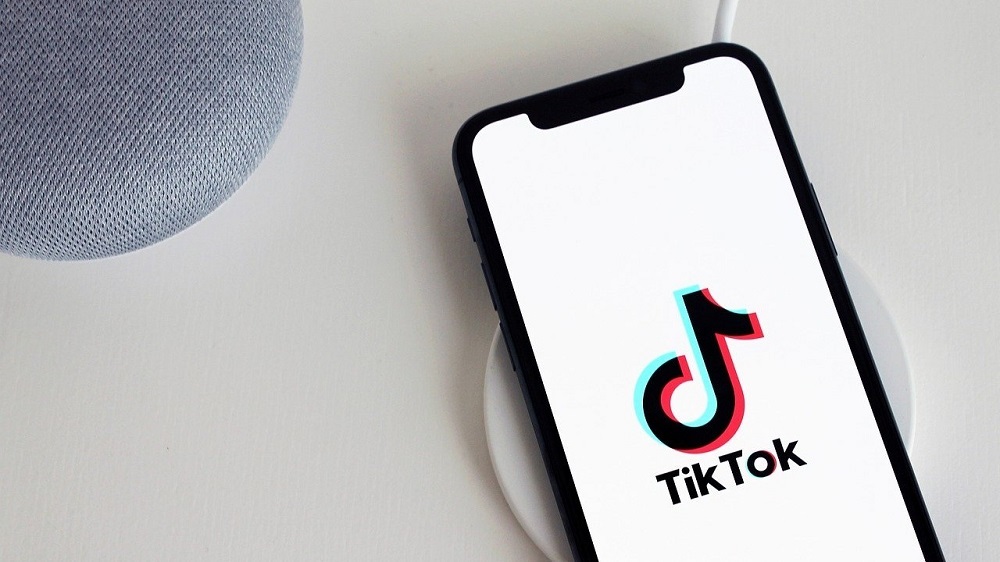
Smartphones with outdated Android software remain a security risk
September 9, 2022 –
of analysis G DATA Cyber Defense The number of malicious apps for Android devices dropped sharply in the first half of the year. Researchers at G DATA SecurityLab strongly believe that the decline is due to the conflict in Ukraine. Many notorious hacker groups hail from Russia and are often associated with the distribution of Android malware. As the conflict in Ukraine continues, hacker groups appear to be focusing more on attacking governments.
About 700,000 new apps with malicious code were identified by G DATA CyberDefense researchers in the first half of 2022, while more than 1.3 million Android apps were counted in the first six months of 2021. This is 47.9 percent lower than in the first half of 2021. In the second half of 2021, cybercriminals launched a dangerous Android app every 12 seconds, and in 2022 this was “only” 23 seconds.
In addition, it seems that smartphones with outdated Android software still pose a significant security risk. If no more security updates are provided, Android devices will be more vulnerable. According to the researchers, in principle, all smartphones with version numbers of Android 10 or lower should be considered unsafe. Therefore, it is a good idea for users to regularly check the installed driver version. If updates are no longer available, they should consider buying a new device.
A big problem
Statistics from Statcounter show the extent of the problem. By June 2022, Android 12, the current version, was installed on 28 percent of all Android devices and Android 11 on another 29 percent. Android 10 still works on one in five devices. This means that 20 percent of smartphones and tablets are running older versions of Android that do not meet the current security standards that Google has introduced for Android 11 and Android 12. This allows cybercriminals to easily exploit Android devices with outdated malware without much effort. Eddie Willems, security evangelist at G DATA CyberDefense says: “It is remarkable that since the conflict in Ukraine started, we have seen a decrease in the number of Android attacks. However, we expect cyber attacks to increase again in the long term, once the conflict in Ukraine is over or lasts longer. In addition, we will also see an increase where it is used Smartphone users are increasingly using their devices as an all-in-one device, for example to identify themselves or to make payments. These relatively new features make smartphones an interesting target for cybercriminals.”

“Thinker. Coffeeaholic. Award-winning gamer. Web trailblazer. Pop culture scholar. Beer guru. Food specialist.”






More Stories
It seems that scientists finally know what happens to methane on Mars
Mozilla warns WhatsApp against misinformation in the elections
6. We are not afraid enough of artificial intelligence